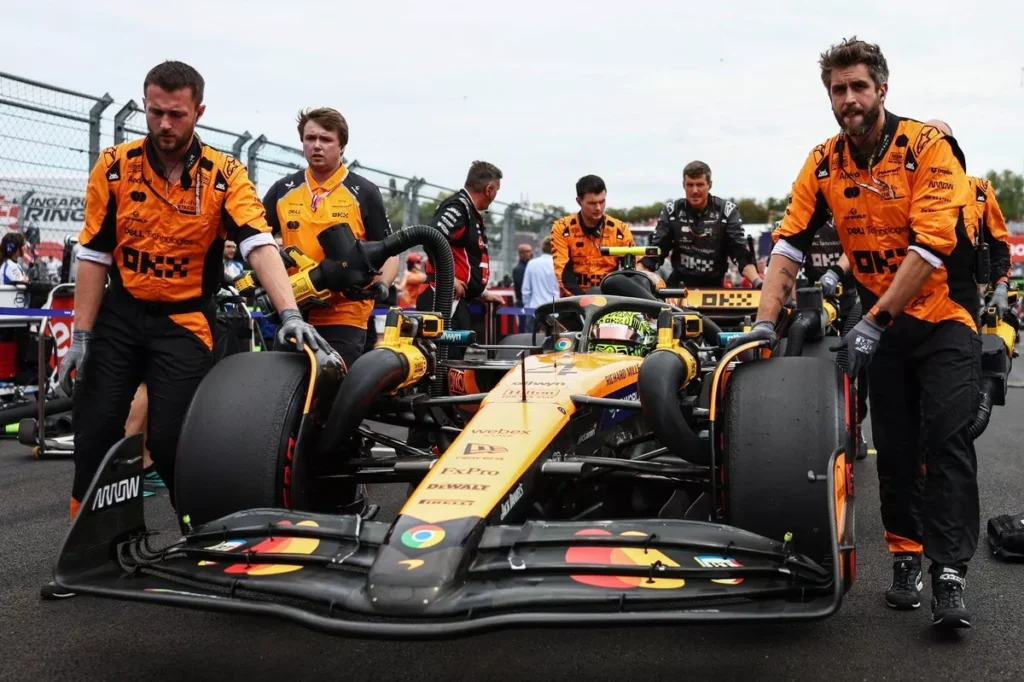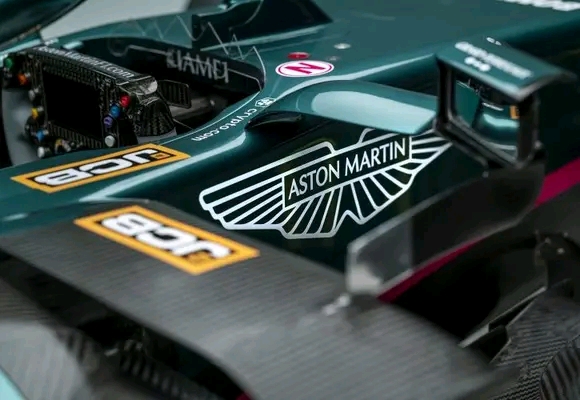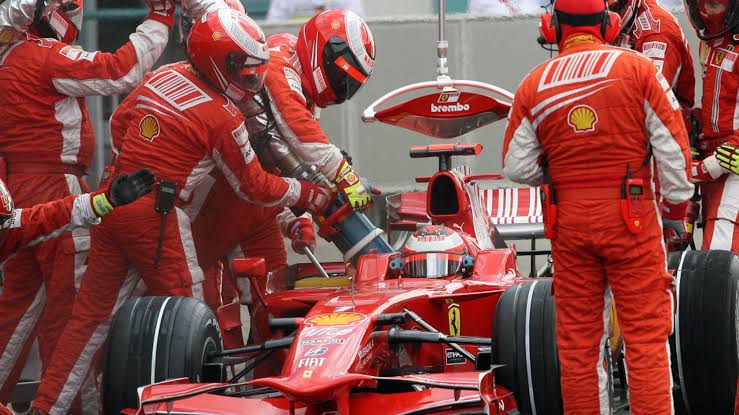
Over the last two years, McLaren’s resurgence in Formula 1 has been built on a remarkable ability to develop its car mid-season. This turnaround began at the 2023 Austrian Grand Prix, where the team introduced a major upgrade to the MCL60 after identifying aerodynamic inefficiencies during the early part of the season. This prompted a restructure of its technical department and an intense development programme. That single step change transformed McLaren from occasional points scorers into regular podium contenders. While the 2024 MCL38 started stronger, it was a floor upgrade in Miami that truly set the team on course for a constructors’ title.
Carrying that momentum forward, McLaren’s 2025 challenger, the MCL39, has dominated the field, leaving rivals struggling to mount a consistent challenge. Central to this success is the team’s exceptional “correlation” process — ensuring that upgrades in simulation translate accurately to on-track performance. According to team principal Andrea Stella, the secret lies in getting the fundamentals right. This means not just designing new components like floors and front wings, but also refining the methods used to develop them so they perform as expected in real-world conditions.
Stella explained that building know-how in correlation is one of the most challenging aspects of Formula 1 engineering. It involves ensuring the wind tunnel, computational fluid dynamics (CFD), and trackside data all align closely. If there’s a small but consistent difference between predicted and actual performance, adjustments can be made; if the differences are inconsistent, development suffers. McLaren’s success, he says, is also down to the quality of its people — skilled leaders and talented engineers who ensure methodology and execution work hand in hand.
The team’s disciplined approach to upgrades is another key factor. Rather than rushing new parts into race conditions, McLaren tests components in practice sessions, analyses the data thoroughly back at its Woking base, and only races them once their benefits are confirmed. An example of this was the front wing introduced in Canada, tested on a Friday but not raced until Austria after careful evaluation. This patient, data-led strategy has helped avoid missteps that could disrupt performance.
Looking back on the 2025 season, Stella admits he’s been surprised by just how competitive McLaren has been. Their pre-season goal was to consistently outperform other top teams, but initial margin estimates proved too conservative. As a result, they pushed for an “aggressive” evolution of the previous year’s car, and that ambition has paid off in dominant style. McLaren’s ability to merge precise technical processes, smart upgrade timing, and an ambitious development mindset has made it the benchmark in Formula 1 this season.






